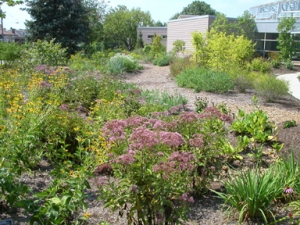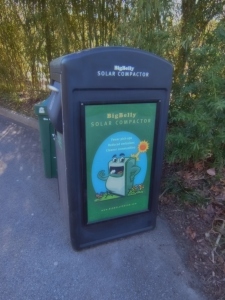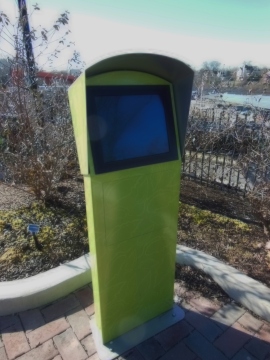Copenhagen. Portland. Bogotá. Even though these cities are scattered across different continents, there is at least one thing they have in common in terms of function and culture: They are considered to be some of greenest cities in the world.
What do these cities do to become world leaders in urban conservation? From transportation to harnessing solar power, their policies and actions can help be applied to your city or town to create a more sustainable environment.
Here are some examples of what makes a city green:
Efficient Public Transportation and Biking
One thing top green cities have in common is their public transportation and the prevalence of bike lanes and bike-friendly commuting.
Sustainable cities have more efficient and accessible public transportation from subways to metros. Los Angeles has lanes specifically for their buses. Portland, Ore. utilized the city’s layout to build light rails.
Metro bus lines are also working hard to become an easier option than driving to your destination. Metros that rework their master plan can make more direct routes and less stops, making transit by bus quicker, so it allows commuters to leave their cars at home, and some cities are decking out buses with new technology to make them greener. For example, Reykjavik has made the switch to hydrogen powered buses.
Green cities also put a heavier emphasis on biking instead of driving, but biking in high density urban areas can be a challenge if there are no viable options other than riding in the street, which often is a safety risk.
Cities like Copenhagen and Malmö, Sweden combat this by installing separate bike lanes. Other cities are taking action by getting buses to allow bikes on board for longer trips and creating bike sharing programs. Right now in Copenhagen, 33 percent of commuters choose to go by bike, and that number is expected to grow to 50 percent by 2015.
Using Local, Renewable Sources
Solar energy, hydroelectric power and geothermal energy are all renewable sources that eco-friendly cities harness to be more sustainable.
Solar energy is probably the easiest energy to obtain and it can be used in both smaller and larger capacities. For example, Chicago, Vancouver and Philadelphia have solar-powered trash compactors. These cans from BigBelly Solar are the size of a normal garbage can, but its solar panels allow it to operate without electricity and it acts as a trash compactor, allowing five times as much garbage in a single bag.
Solar panels are also used to operate buildings. The Cincinnati Zoo recently installed solar panels over their parking lot, making it the biggest publicly accessible solar panel display in the country. The energy harvested from these panels are used to operate the entire zoo, and on sunny days the zoo can operate fully off the grid. Any leftover energy can be stored and used on cloudy days and throughout the winter when daylight is weaker.
Some cities have other renewable energy options available to them due to their geographical locations. Reykjavik is completely powered by renewable energy because they are surrounded by geothermal energy which can be converted into clean energy. Ninety percent of Vancouver is powered by renewable energy through hydroelectric, solar, wave, wind and tidal energy.
Leadership

In the end, creating sustainable cities comes down to leaders who are serious about environmental policy and who want to make an impact. From a single citizen to the local or national government, anybody can be a green leader. Portland became green because its city’s government was the first in the United States to take climate change seriously. Their planning and lawmaking allowed for the changes necessary to make their city sustainable.
Leaders both in science and government made it possible for Iceland to harness geothermal energy and run their capital entirely on it. Business can make changes by building to LEED standards.
Saving the environment relies on leadership, and that all comes down to every single person. You can take action by making small changes like riding the bus or biking to work and by voting for politicians at all levels of government who want to use their position to make the city or country greener.



























